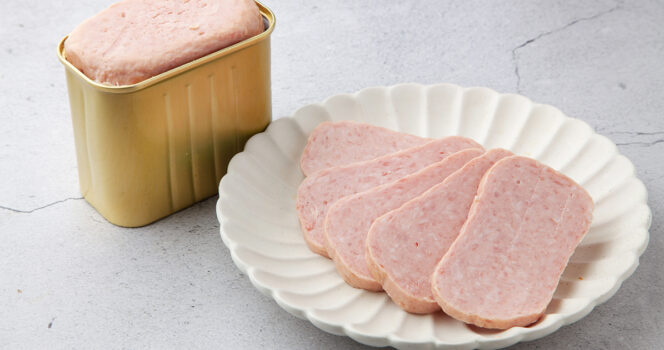If you’ve ever peeked into your grandparents’ pantry, chances are you spotted a can of SPAM sitting proudly among the staples. This canned meat product has been a kitchen constant for decades, loved by some and questioned by others due to its unusual appearance and mysterious origins. But what exactly is SPAM, where does it come from, and what’s inside that famous little can? Let’s explore.
SPAM was first introduced by Hormel Foods Corporation, a big American food company, in 1937. It gained widespread popularity during World War II when food rations made it hard for people and troops to get fresh meat. During these tough times, SPAM became a dependable protein source.
One question many have asked over the years is: what does the name “SPAM” actually mean? The truth is there isn’t one official explanation, which has added to its mystique. Some say it stands for “Specially Processed American Meat,” others claim it’s “Shoulder of Pork and Ham.” There are more creative suggestions floating around like “Salt Preserves Any Meat” and “Spiced Ham.”
According to Time magazine, Ken Daigneau, whose brother worked for Hormel, came up with “SPAM” as a combination of “spiced” and “ham” during a company naming contest, winning a $100 prize for it. Jay Hormel himself reportedly said the name was perfect when he first heard it.
As for the ingredients, they’re surprisingly simple. SPAM is made from pork, water, salt, potato starch, sugar, and sodium nitrate. Hormel explains that it was created to meet the demand for affordable meat during the Great Depression, and its popularity grew from there, especially through the war years.
Making SPAM involves mixing ground pork and ham with these other ingredients for about 20 minutes. The mixture is then placed inside cans, vacuum-sealed, cooked, and cooled for several hours before getting their iconic labels. That’s it.
SPAM might look unusual, but it’s a straightforward canned luncheon meat that has stood the test of time. Are you a fan, or is it something you’d rather avoid? Now you know its story and what’s inside the can—feel free to share your thoughts!


